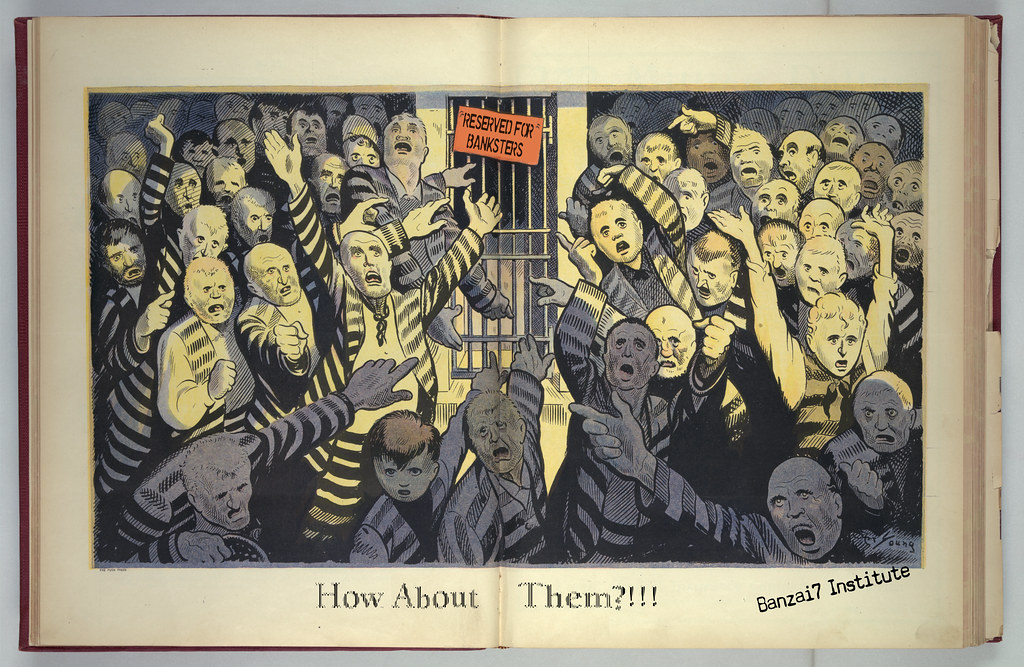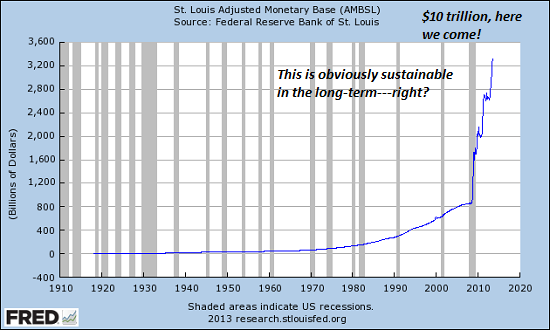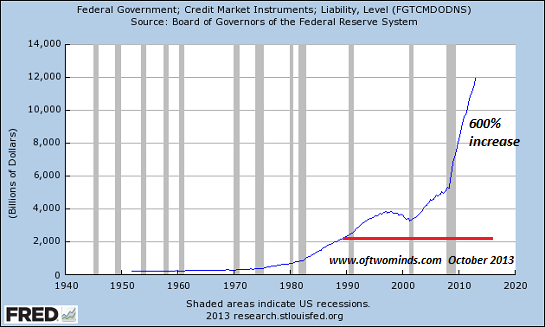When it comes to Twitter, there seems to be a discrepancy in the publicly available user data. Recall that according to the company’s S-1 filing, Twitter’s US monthly user base has risen from 10 million in 2010 to just shy of 50 million.
And yet, according to a just released Pew Research poll, a whopping 84% of the US adults were not Twitter users, and perhaps more importantly, of the 16% of adult users, half admitted to using Twitter for news.
Narrowing this down even further, close to half, or 45%, of Twitter news consumers were under 30, which implies that roughly 4% of American adults use Twitter as something more than just a place to vent occasionally, and actually have a productive use for the service.
In attempting to reconcile the two vastly differing sets of numbers, one from the company and one from Pew, one wonders: is Twitter merely the latest platform for “socializing” teens who unfortunately for Twitter’s advertisers (who between Google, Facebook, Pinterest, Yahoo and so on, seem to have infinite advertising budgets) don’t have access to a credit card? And what happens when, just like FaceBook, Twitter’s coolness factor disappears and only the hardcore, and quite paltry, news users remain?
Indeed, Pew confirms that Twitter is largely focused on younger, more educated Americans, even compared to FaceBook:
Twitter news consumers stand out for being younger and more educated than both the population overall and Facebook news consumers
Close to half, 45%, of Twitter news consumers are 18-29 years old. That is more than twice that of the population overall (21%) and also outpaces young adults’ representation among Facebook news consumers, where 34% are 18-29 years old. Further, just 2% of Twitter news consumers are 65 or older, compared with 18% of the total population and 7% of Facebook news consumers..
The fact that Twitter users, by virtue of being less, are more educated than FaceBook users, should not come as a surprise:
Twitter news consumers also tend to be more educated than the general population and than Facebook news consumers. Four-in-ten (40%) Twitter news consumers have at least a bachelor’s degree, compared with 29% of the total population and 30% of Facebook news consumers.Close to half, 45%, of Twitter news consumers are 18-29 years old. That is more than twice that of the population overall (21%) and also outpaces young adults’ representation among Facebook news consumers, where 34% are 18-29 years old. Further, just 2% of Twitter news consumers are 65 or older, compared with 18% of the total population and 7% of Facebook news consumers.
More from Pew:
Nearly one-in-ten U.S. adults (8%) get news through Twitter, according to a new report by the Pew Research Center, in collaboration with the John S. and James L. Knight Foundation. Compared with the 30% of Americans who get news on Facebook, Twitter news consumers stand out as younger, more mobile and more educated.
In addition, a separate Pew Research analysis of conversations on Twitter around major news events reveals three common characteristics: much of what gets posted centers on passing along breaking news; sentiments shift considerably over time; and however passionate, the conversations do not necessarily track with public opinion.
This two-part report is based first on a survey of more than 5,000 U.S. adults (including 736 Twitter users and 3,268 Facebook users) and, second, on an analysis of Twitter conversations surrounding major news events which spanned nearly three years. Twitter posts were analyzed for the information shared, sentiments expressed and ebb and flow of interest.
According to the survey, 16% of U.S. adults use Twitter. Among those, roughly half (52%) “ever” get news there — with news defined as “information about events and issues that involve more than just your friends or family.”
So just how does Twitter serve as a source of information distribution:
Separately, Pew Research Center tracked and analyzed the Twitter conversations surrounding 10 major news events that occurred between May 2011 and October 2013. The events ranged from the opening night of the summer Olympics to the Newtown Conn. school shootings to the Supreme Court hearings on same-sex marriage. Using computer software developed by Crimson Hexagon, researchers examined which elements of the news events were discussed, the tone of the tweets and the ebb and flow of Twitter engagement. From that research, three central themes emerge:
A core function of Twitter is passing along pieces of information as the story develops. Even with the outpouring of emotion after the July 13, 2013, acquittal of George Zimmerman in the death of teenager Trayvon Martin, the largest component of the Twitter conversation (39% of all expressed sentiments in tweets about the event) shared news of that verdict without offering an opinion. Straight news accounts also led the Twitter conversations about the Oct. 1 rollout of the Affordable Care Act (42%) and the concurrent federal government shutdown (35%) — two events that stirred political passions.
The Twitter conversation about big news events can shift and evolve, both in terms of sentiment and topic. In the two weeks after the March 2013 Supreme Court hearings on same-sex marriage, Twitter sentiment was far more opposed to the idea of legalizing same-sex marriage (55%) than in favor (32%). Yet in the month after that, support for same-sex marriage (43%) easily trumped opposition (26%). A study of the aftermath of the Newtown shooting reveals how quickly the focus of the Twitter conversation can change. On Dec. 14, 2012, expressions of sympathy for the victims made up nearly one-third of the conversation; by Dec. 17, it was down to 13%. In the same period, attention to President Obama, the shooter and mental health issues more than doubled — from 11% to 24% of the conversation.
Although sentiment on Twitter can sometimes match that of the general population, it is not a reliable proxy for public opinion. During the 2012 presidential race, Republican candidate Ron Paul easily won the Twitter primary — 55% of the conversation about him was positive, with only 15% negative. Voters rendered a very different verdict. After the Newtown tragedy, 64% of the Twitter conversation supported stricter gun controls, while 21% opposed them. A Pew Research Center
survey in the same period produced a far more mixed verdict, with 49% saying it is more important to control gun ownership and 42% saying it is more important to protect gun rights.
So what is the take home? Is the spin here that there is a vast, untapped audience Twitter can reach and expand to? Perhaps, however, it appears that intelligence is a gating factor on just who uses the 140 character-limited service. If so, considering the distribution curve of US IQ, Twitter’s best expansion days may be behind it, with only the lowest common denominator left: the tag ends of FaceBook users who migrate to the “cooler” social platform, with zero ad spending intent or capacity.
Or perhaps there is an optimistic case, and more Americans will ditch existing news outlets, and move aggressively to Twitter. One can hope. However, what is certainly unknown is just how the company’s aggressive push into monetization impacts those who provide free content on Twitter, and whether in an attempt to monetize this “free content”, Twitter will follow legacy media and start imposing paywalls and gates. If so, then just like Facebook, Twitter will merely be a brief stepping stone on the path to the next bigger, better and cooler social media platform which works great…. until it too has to start monetizing itself. Because if there is one thing that has become clear, is that in a world in which information always find a way to be exchanged instantly, and freely, anyone attempting to monetize such infromation flow always has an uphill climb.
![]()
via Zero Hedge http://feedproxy.google.com/~r/zerohedge/feed/~3/mO7m1SERRmk/story01.htm Tyler Durden














